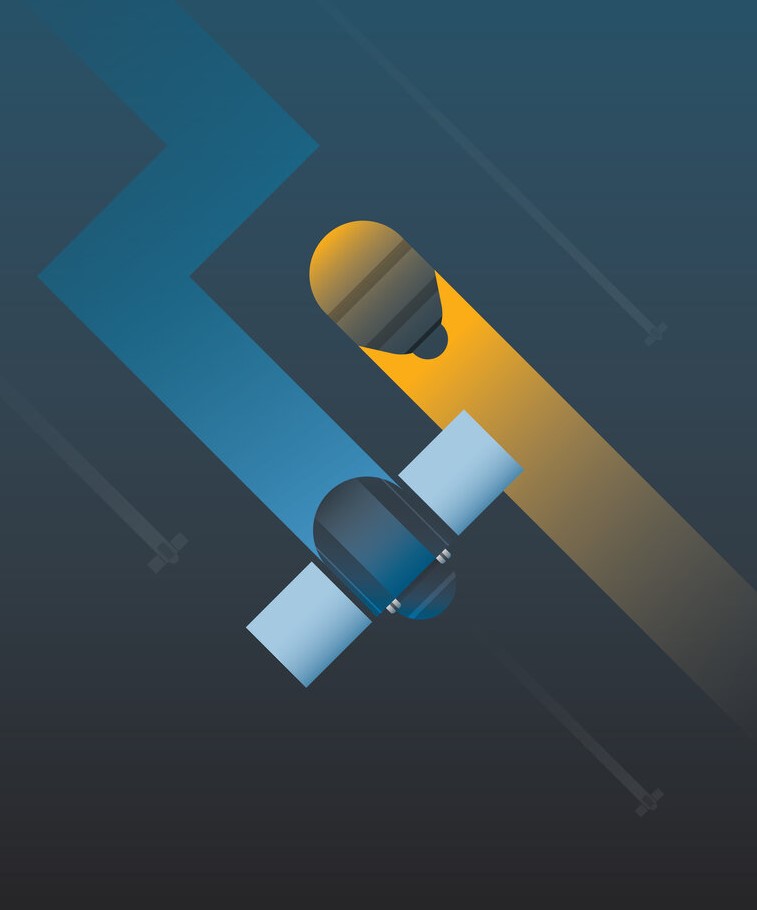18.11.2021
When debris disaster strikes
In 2021 so far, some 2467 new objects large enough to be tracked have been added to world catalogues of orbital objects, out of which 1493 are new satellites and the rest are debris. While new objects are added, others are dragged down to Earth by the atmosphere where they safely burn up, resulting in a net increase of at least 1387 trackable objects between 2020 and 2021.
In addition, an estimated 1500 new objects – an increase of about 5% with respect to the total population – were added just this week, meaning the risk to missions must be reassessed.

Every now and then, an event occurs in Earth orbit that generates large quantities of new space debris. Accidental explosions caused by leftover fuel onboard satellites and rockets have created the greatest number of debris objects, but second in line are deliberate breakup events.
Some 36 000 objects larger than a tennis ball are orbiting Earth, and only 13% of these are actively controlled. The rest comprise space debris, the direct result of ‘fragmentation events‘ of which roughly 630 are known to have occurred to date.
Based on observations of larger objects together with statistical models (for those objects too small to be observed with telescopes on Earth), ESA estimates there are in orbit today:
- 36 500 objects greater than 10 cm in size
- 1 000 000 objects from 1 cm to 10 cm
- 330 million objects from 1 mm to 1 cm
After each new fragmentation event, ESA’s Space Debris Office begins its analysis. What happened? How will this shape the debris environment, now and in the future? What has been the change in collision risk to active satellites and spacecraft in orbit? Which altitudes and orbits are the most affected?